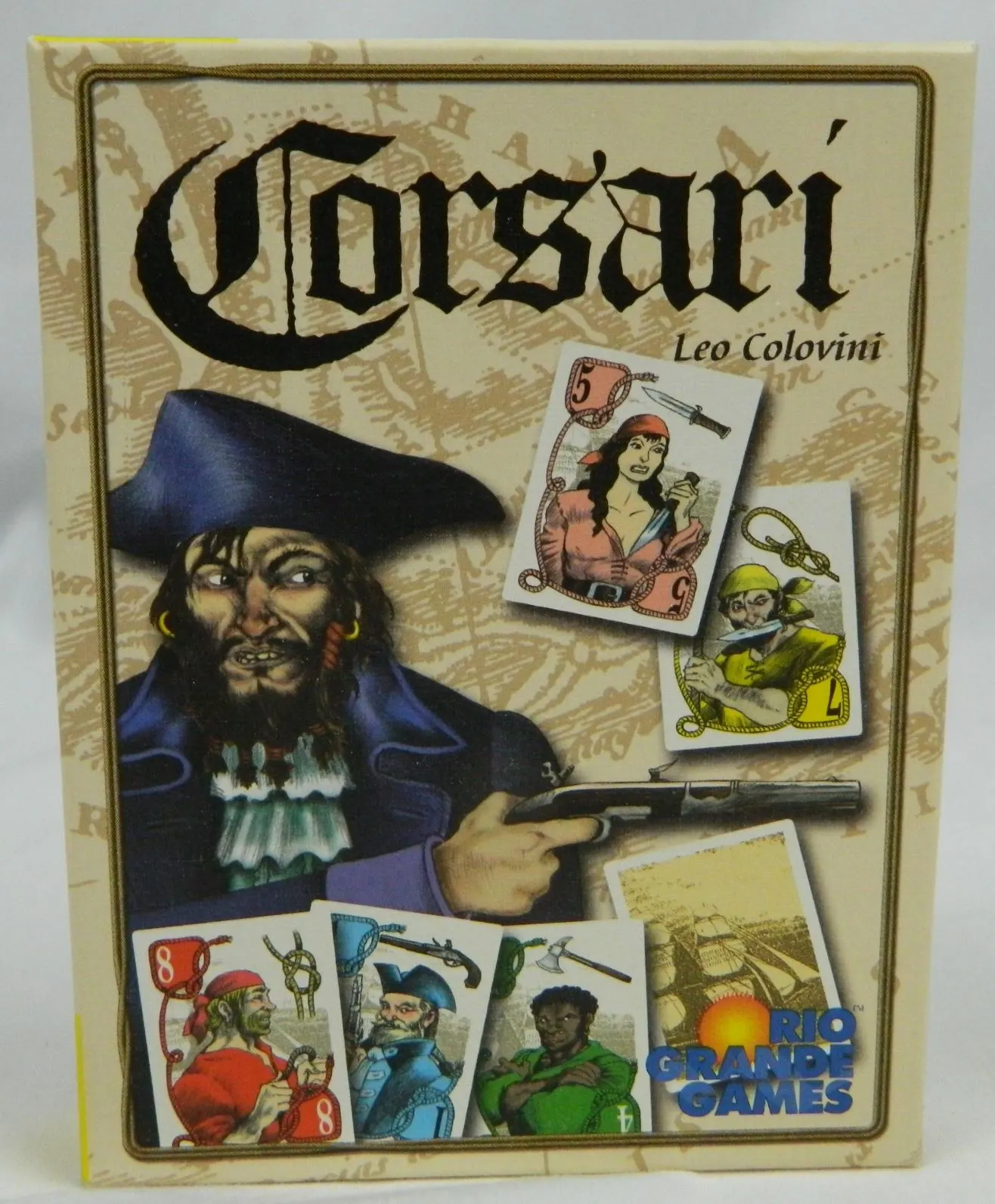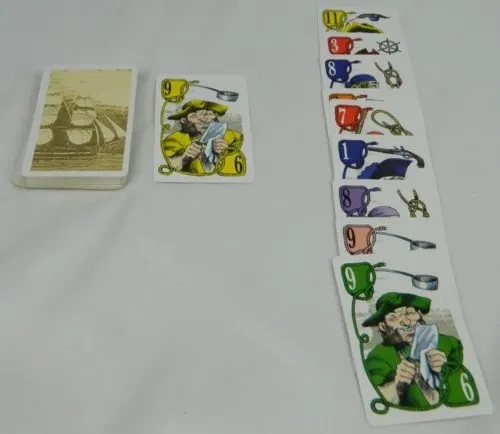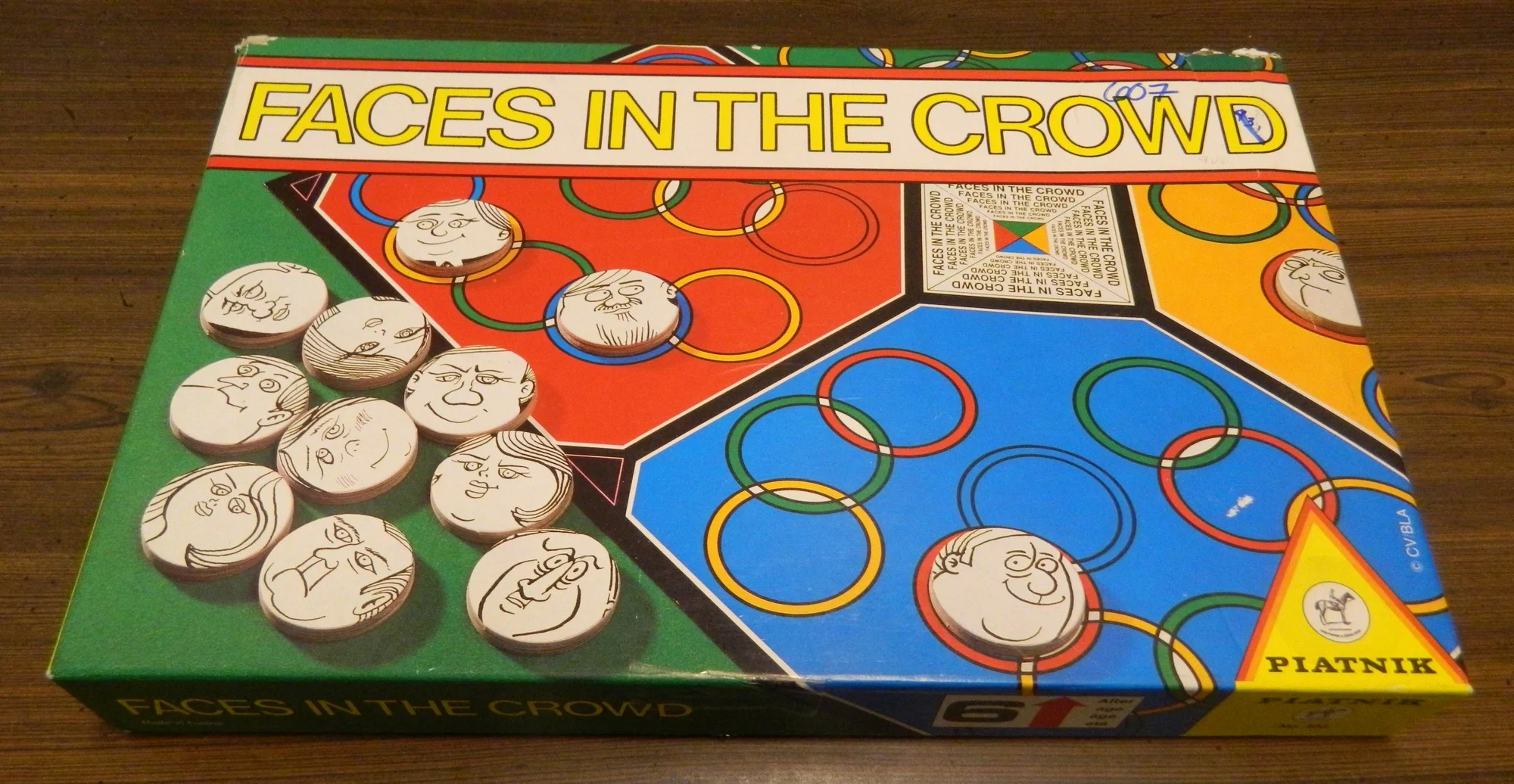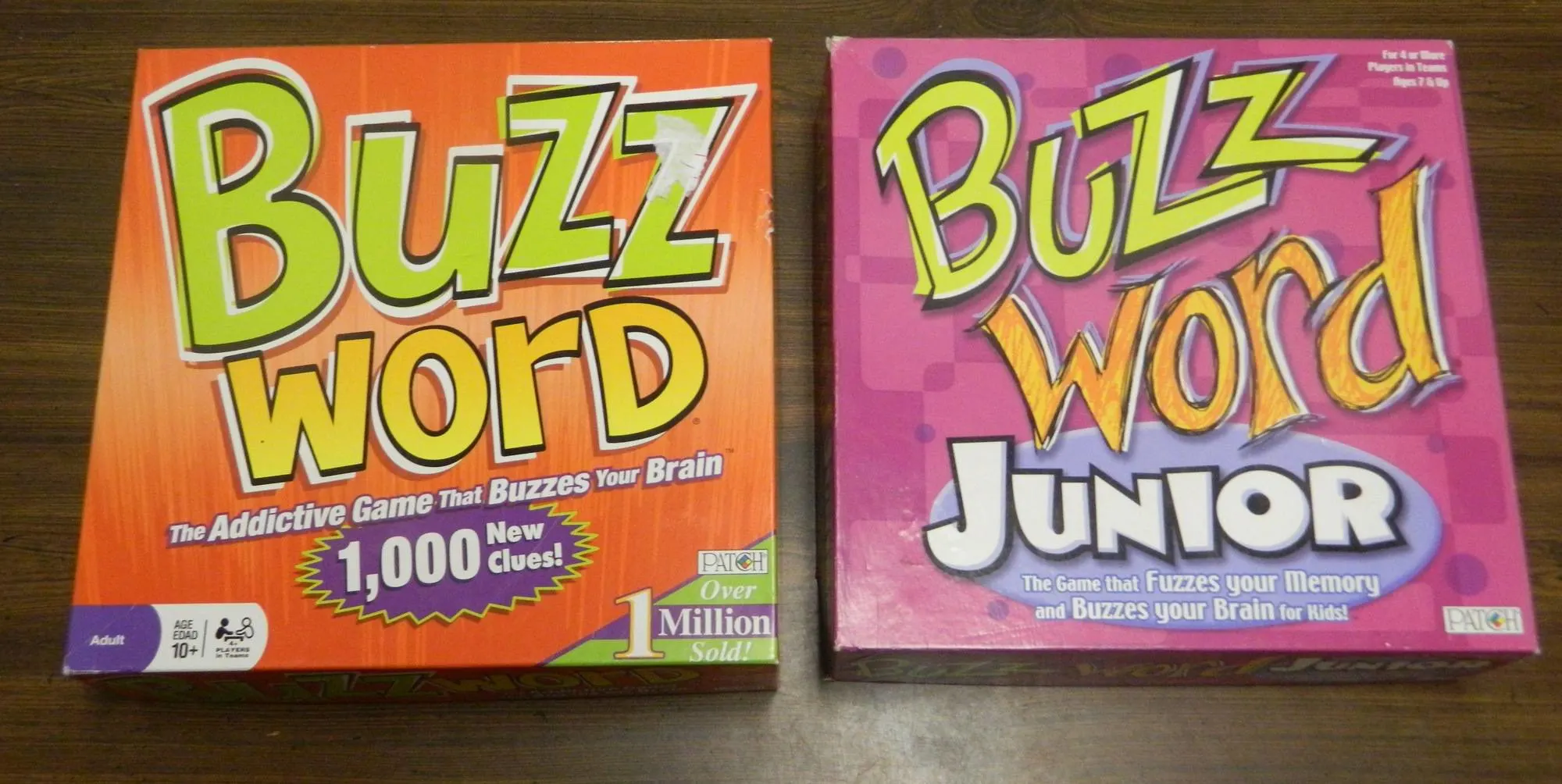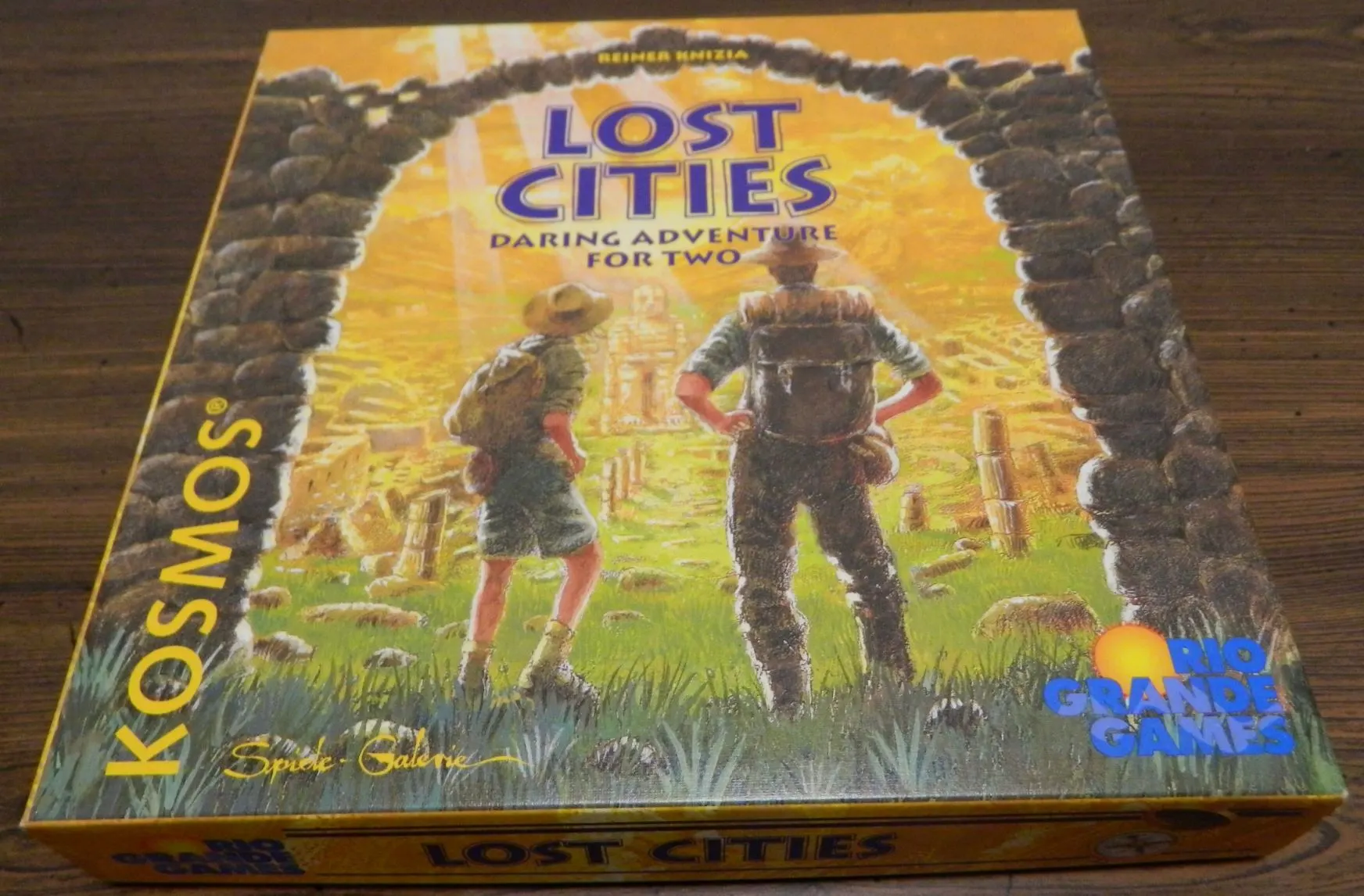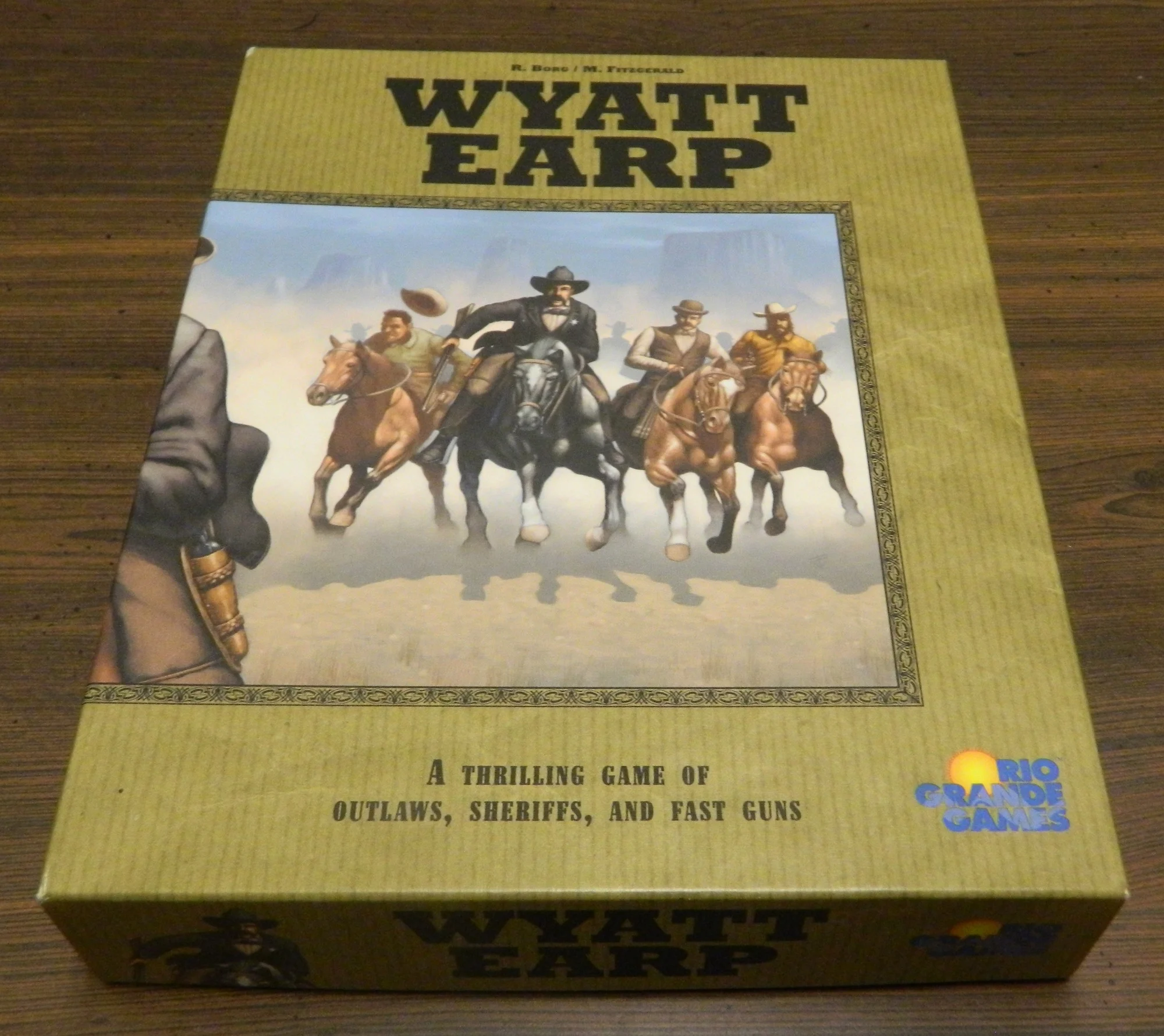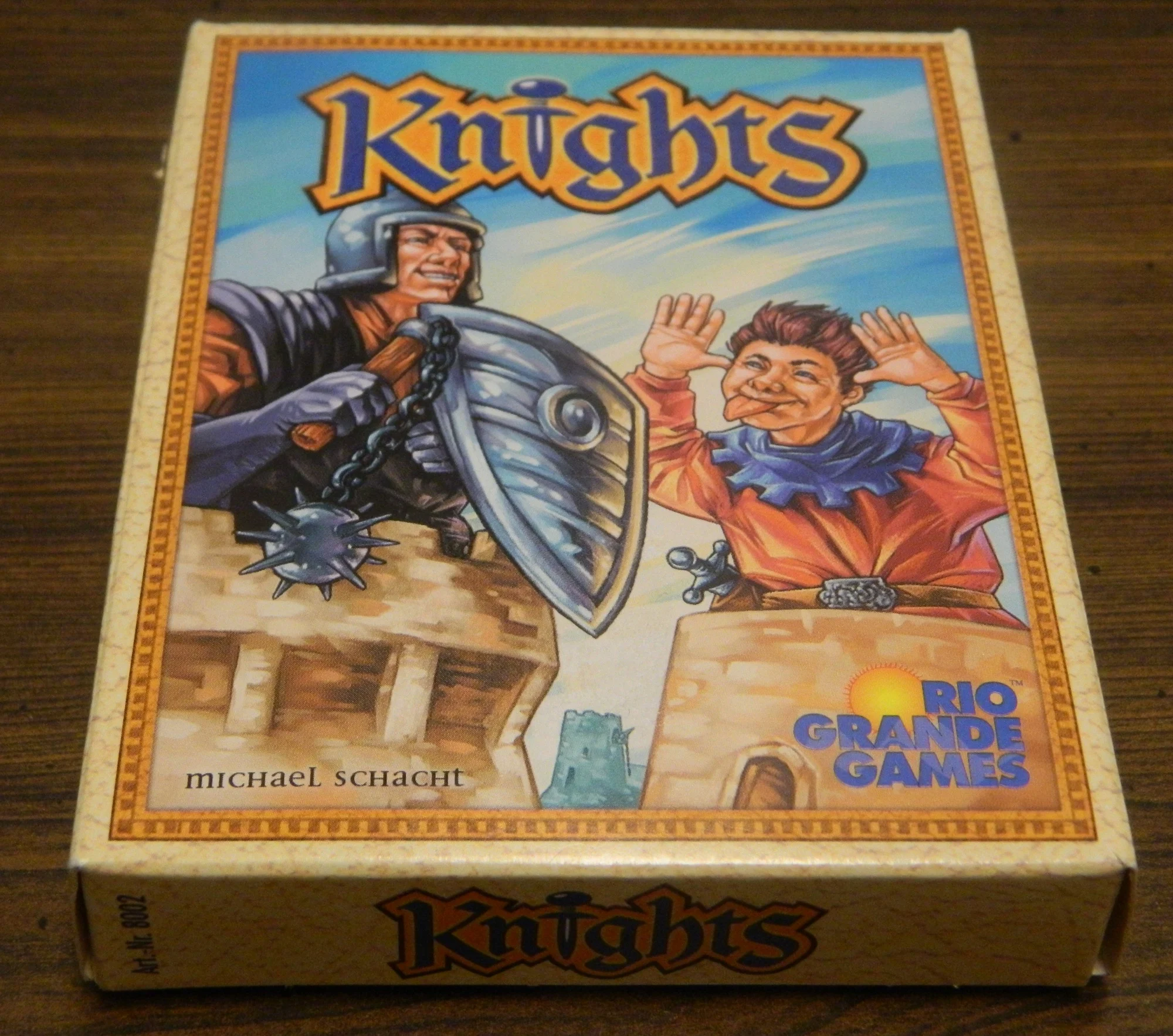Having played close to 1,000 different board games, it is rare to play games that are genuinely unique. While most games have a little tweak here or there, it is hard to find games that do something completely new. Probably one of my favorite board game genres is set collecting. The gameplay might not be the deepest, but there is just something satisfying about a good set collecting game. Most set collecting games are not the most original though as they usually share much of the same gameplay. Today I am looking at the game Corsari originally released back in 2003 and later rebranded as I Go!. I was intrigued by the game partially due to the pirate theme (who doesn’t like a good pirate game), but also due to some of the mechanics. Corsari does rely too much on luck at times, but the game has some truly interesting ideas which really make it stand out.
How to Play Corsari
Setup
Before playing the game players will determine how many points that they will play to.
Corsari is played over a number of rounds. For each round you will complete the following setup:
- The dealer shuffles the cards and deals twelve cards face down to each player.
- The dealer will then create the tavern, a face up column of cards in the middle of the table. The cards will be placed so each card is visible. The number of cards added to the tavern depends on the number of players:
- Two players – 7 cards
- Three players – 8 cards
- Four players – 9 cards
- The top card from the remaining deck is turned face up to start the discard pile.
- The rest of the cards form the draw pile.
- Each round begins with the player to the left of the dealer taking the first turn.
Playing the Game
On your turn you will take two actions.
First you will draw a card from the table. You can choose one of three cards. You can take the top card from either the tavern or the discard pile. Otherwise you can take the top card from the draw pile.
After drawing a card you will choose one card from your hand to add to the top of the discard pile.
Setting Sail/End of Round
After drawing a card on your turn, you can choose to set sail. When you choose this action, it will end the round.
A round can also end in two other unique situations. Should the last card be taken from the tavern, the round ends with none of the players scoring. If a player draws the last card from the draw pile, the player who drew the last card must set sail immediately.
When you choose to set sail you will lay out your cards face up on the table. You will first discard one of your cards so you are down to twelve cards in your hand. You will then separate your cards into three groups.
The cards whose color matches the color of the top card in the tavern are considered prisoners. These cards will be set aside as you will receive no penalty for holding them.
Next you will assemble your crew. Your crew can consist of cards from two different colors. Each card in your crew must be a different number. If you have a card of the same number from both of your chosen colors, you can only add one of the two cards to your crew.
Any cards that are leftover are considered stowaways. The cards will give you a penalty equal to the total of the numbers printed on them. The ultimate goal of the game is to limit your stowaway total as much as possible.
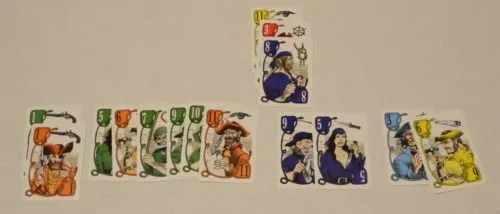
This player has decided to set sail. For their two colors they chose green and orange. The player will have to choose either their green or orange one to add to their crew. The other will become a stowaway. The player will be able to discard their blue five and nine as they match the color of the top card in the tavern. The player’s stowaways will consist of either the green or orange one, the light blue three, and the yellow six. Their stowaway total will be ten points.
After you set sail all of the other players are forced to set sail as well. They will mostly follow the same process as the first player that sets sail. The one additional step that they can take though is to add cards from their hand to the crew of the first player to set sail. If a player has a card of one of the two colors from the first crew to set sail and it is a different number from the current members of the crew, they may add the card to the crew to get it out of their hand. If they could play two cards of the same number, but of both of the crews colors, they will only be able to play one of the cards. Two of the players may both play a card of the same number that the original crew was missing though.
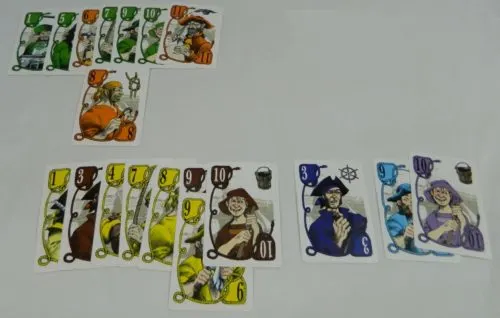
This player chose to create their crew from yellow and brown cards. They had an orange eight card in their hand which they will add to the crew of the player that set sail first. They will also be able to get rid of the dark blue three due to it matching the top card from the tavern. This player’s stowaways will include either the yellow or brown nine, the light blue nine, and the purple ten. Their stowaway total will be 28 points.
Scoring
After everyone has set sail, the players will score/receive penalties based on the cards that they were left with in their stowaway pile. Each player will compare their stowaway total with the player that set sail first.
If a player’s total is higher than the first player to set sail, they will score penalty points equal to their stowaway total.
If a player’s total is equal to or lower than the first player to set sail, they will get a ten point bonus (deducts from penalty points earned in other rounds). They will also give all of the cards from their stowaway pile to the player that set sail first.
Finally the player that set sail first may earn some penalty points. If their stowaway total was lower than all of the other players, they will receive no points this round. If one or more players had a stowaway total less than or equal to the player who set sail first, the player who set sail first will receive 10 penalty points plus the total of all of their stowaway cards (this includes the cards given to them by the other players).
Should a player acquire penalty points between all of the rounds equal to or surpassing the number agreed to at the beginning of the game, they will be eliminated from the game.
End of Game
The last player remaining in the game after the rest of the players have been eliminated from the game will win the game.
If a player should end a round by setting sail with no stowaways they will automatically win the game. If two players should do this in the same round, the player who set sail first will win the game.
My Thoughts on Corsari
With the number of different games that I have played, it is becoming somewhat rare to find a game that truly does something that I haven’t seen in other games. I think Corsari may be one of those games. The game does share a decent number of mechanics from other games that I have played, but the combination felt quite a bit different than anything else that I have played. In a way the game kind of feels like a set collecting game, mixed with a Rummy style game, with some other traditional card game mechanics mixed in as well.
Basically the goal of the game is to try and gather a bunch of cards from two different colors with each card being a different number. You are trying to limit the value of the cards that don’t match the two colors that you have chosen. Whichever player has a smaller total from their remaining cards wins the round and forces the other players to receive penalty points. Ultimately you want to score less points than the other players.
It is kind of hard to explain exactly what it is like playing Corsari, but I really enjoyed playing it. Of the mechanics contained in the game, I would say that the set collecting probably plays the biggest role. Instead of just collecting one color of cards though, you are trying to collect cards of two different colors where none of the numbers repeat between the two colors. As a fan of set collecting games I enjoyed this element of the game. This is combined with a sort of rummy game where you are trying to minimize the number of cards in your hand that you can’t use. Combined together this creates a unique experience unlike any games that I remember playing.
I will admit that Corsari is not a particularly deep game. There is definitely strategy in the game, but it is not something that you have to spend a bunch of time with trying to figure out what cards to keep and which to get rid of. What cards you choose to keep and which you decide to get rid of matters a lot in deciding who ultimately wins a round. The game doesn’t really suffer from analysis paralysis though. This is partially due to the fact that the best move on each turn is usually pretty obvious. You also only get to pick up and discard one card each turn so there is only so much you can do each turn.
The basic strategy of the game comes down to minimizing the number of cards and their values that you can’t use as part of your crew. The best way of doing this is to try and get as many of your cards onto your crew as possible. If you are dealt or acquire a lot of cards of two colors early in the game, you likely should stick with those colors and try to acquire more of them. This will depend a lot on what cards you have available to you. There are two other ways to get rid of cards though. You could always keep track of the tavern and hold cards that match the current card in order to get rid of them as prisoners. You could even take cards that match a color that you know one of the other players are collecting if you think they are close to setting sail. This will allow you to get rid of them by adding them to the other player’s crew. The cards that are available to you may be somewhat limited, but there are a number of ways to alter your strategy in order to try and minimize your stowaways.
With a straightforward strategy, Corsari is quite easy to teach and play. If the players are familiar with other similar games, I think you could teach the game within just a couple minutes. With players that are less familiar with these type of games it may take a little more time, but it still shouldn’t take that long. Pretty much the only somewhat difficult part of the game deals with separating your cards into the three different groups and scoring. After a round players shouldn’t have any issues with these either.
This ultimately leads to a game that is the epitome of a filler game. The length of a hand can range from just a couple of minutes to considerably longer due to the cards players are dealt to start the hand. Due to choosing yourself how many points to play to, you can play the game for as short or as long as you want. Want a simple game to start up a game night or don’t have a lot of time, Corsari should work really well. The game is one of those that are quite fun where you don’t have to be drowned in strategy and can just enjoy playing the game.
While I enjoyed Corsari quite a bit, probably the biggest issue I had with the game had to deal with the fact that it can rely on quite a bit of luck at times. There is no way to completely remove luck from these type of card games. I don’t think I would even like a game like this if it didn’t at least have some luck involved because the game would then just be dull/boring. At times luck plays too big of a role in how well you do though. This can come from a couple different areas.
One area where this comes into play is that you won’t ever have access to many of the cards no matter what. Any cards dealt to players other than the player who plays right before you have little chance of ever making it to you. This is because as soon as a card is discarded it will be buried by the next discard. It sucks playing through a round seeing card after card that you could really use get discarded and you having no chance of ever getting them. This is a problem with quite a few card games and I don’t really see a way that you could ever fix it. Unless you somehow added a mechanic where you could dig into the discard pile, there is no way you could ever do this. This is just something that you have to live with in the game.
Luck also comes into play with the cards that you are dealt and what cards the player before you ends up discarding. The initial hand you are dealt will likely play a pretty big role in how well you will do in any given hand. A player that is dealt a lot of cards in just two colors is going to be in a much better position than a player who is dealt cards from a ton of different colors. The value of the cards that you are dealt matter as well as you receive points based on the value of cards. If you are dealt a lot of high value cards that you aren’t able to get rid of, you will likely score a lot of points. Unfortunately there are rounds where it doesn’t really matter what you do as your fate was sealed as soon as the cards were dealt out.
This is highlighted by the fact that some rounds can end almost immediately. If you are dealt a hand with a lot of cards in two colors you may choose to just set sail immediately. In fact in one of the rounds that I played I think I got either six or seven cards between two colors. For my draw I was then able to add another card and I set sail immediately. I won the hand pretty easily since one player didn’t even get to take a turn. I did nothing to win that hand outside of getting lucky and having a good hand dealt to me.
Other than the reliance on luck, the other issue I had with the game is with the components. The components are not bad, but they also could have been better. First I would say that the theme has little to do with the actual gameplay. The artwork on the cards is pretty nice, but you could have applied any theme to the game and it would have had as much of an impact on the gameplay than the pirate theme that was chosen. On top of this the cards feel kind of thin where they could get creases rather easily. Some of the colors may be somewhat hard to tell apart for some people as well.
Honestly to play the game you don’t really even need a copy of it. If you wanted to you could easily make your own copy of the game with a pack of index cards. You just need to create a set of cards numbered 1-11 for ten different colors. Normally I would say to just buy an official copy of the game, but in the case of Corsari the game appears to be somewhat rare. Copies generally sell for around $30-50 regularly so you aren’t likely to find a copy for cheap. The game is fun so I would recommend checking it out if you enjoy these type of games, but I don’t know if it is worth that much.
Should You Buy Corsari?
While it is not perfect, I enjoyed playing Corsari more than I initially expected. While it shares elements with other card games, it also feels like its own type of game as well. It is not the deepest game as your actions each turn are kind of limited and the best action is usually pretty obvious. The game is still quite enjoyable though as it finds the right balance where the game is easy to play and yet has enough strategy to keep players interested in what is going on. Corsari is basically the definition of a good filler game. If you want a quick game or something where you don’t have to put too much thought into what you are doing, the game is going to fill that need. With the game being on the simpler side though, it does mean that the game sometimes relies on quite a bit of luck. The cards that you are dealt will have an impact on how well you will do in a round. The game’s components are also pretty average where you could pretty easily make your own version of the game.
My recommendation for Corsari depends on your feelings towards filler games and your thoughts on the game’s general premise. If you generally don’t like filler card games or don’t find the game to be all that interesting, Corsari probably won’t be for you. Those intrigued by the game’s premise though should look into picking up the game if they can find it for a good price.
Buy Corsari online: Amazon, eBay
. Any purchases made through these links (including other products) help keep Geeky Hobbies running. Thank you for your support.

